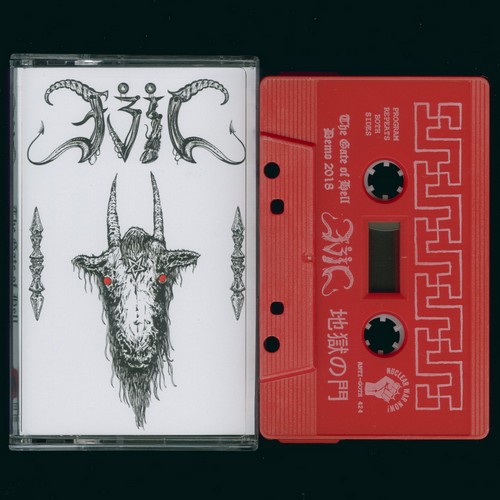Yoshi Yubai “SAN FRANCISCO” Photography Book In Stock Now
Yoshi Yubai “SAN FRANCISCO” Photography Book
Published by Tiny Splendor from Berkeley CA. Limited to 120 copies.
Introduction by V.Vale (RE/Search)
Afterword by YK
(Description by J. Campbell)
I moved to San Francisco in the summer of 2004. Prior to that, my exposure to the city had been primarily through its projected image—its cultural exports in the form of music, art, and literature, as well as the expanding tentacles of its technological industry. Once I got to the city, I encountered the true nucleus of the urban organism, the tangled collision of lives in the grip of the social and economic machinery operating beneath the city’s surface. I noticed the glaring contrast between the many manifestations of the region’s rapidly expanding affluence and the bleak mess of reality at its center.
During those years, I spent a lot of my time walking across the span of the city, taking different routes, trying to absorb the geographical nuance of my new place of residence. Walking, more than any other mode of transportation, allows one to observe and explore the hidden contours of a city. I often walked at night and intentionally spent a considerable amount of time wandering through the city’s darker recesses that could be located in the Tenderloin, SoMa, and Mission neighborhoods. The San Francisco that I encountered on these extended marches through the streets was far different from the projected identity that most people associate with the name. There are parts of town where people are ravaged by poverty, mental illness, neglect, disease, addiction and all other forms of social and spiritual ruin.
During my travels, I frequently ran into Yoshi Yubai in places both expected and unexpected, and he became a recurring figure in my meanderings. Having similar tastes in music, I had seen Yoshi at various shows, so I easily recognized him when our orbits met in other, more coincidental circumstances, such as BART station platforms or in random neighborhood streets. In conversation with Yoshi, I learned that, in 2003, he ventured to San Francisco from his hometown of Hiroshima, Japan. At that time, he was living at the RE/Search headquarters and working on his own photography, capturing and cataloging the sights he encountered as he also wandered about the city. When I finally saw his work many years later, I realized that Yoshi had focused his camera on many of the same sorts of images to which I was drawn in my own simultaneous explorations.
Growing up in Hiroshima, the legacy of war and nuclear disaster lingers, permeating the city and its inhabitants. This omnipresent specter of massive nuclear carnage shaped Yoshi’s world view. The visceral impact of the photographic representations of the attacks on Hiroshima and Nagasaki and the depictions of the destruction and death left in their wake that revealed to Yoshi the virtues of camera lens. Yoshi’s later encounter with the war contorted vision of the great German painter Otto Dix was a major source of general artistic inspiration for Yoshi, shaping his approach to visual art in many ways.
Curiously, the primary catalyst for Yoshi’s interest in photography did not spring from his relationship to film and lens, however, but to an early encounter with the 15th century Flemish painter Jan van Eyck. Van Eyck, like most of his contemporaries, produced a large body of religious work, but he was also known for his commissioned portraits of secular individuals, which were painstakingly detailed, often emphasizing the uniqueness of his subjects’ features. Though Yoshi previously had no interest in photography, it was his exposure to Van Eyck’s painting that triggered Yoshi’s impulse to create and, more specifically, opened his mind to the expressive potential for portrait work.
Like Van Eyck, much of Yoshi’s most arresting photographic work is also portraiture, but within this context, Yoshi explores the grotesque and garish elements of the human form. Although rooted in the blunt reality of life, Yoshi’s selection of subject matter and his penchant for composition give the images a surreal hue. The poignant complexity of the lives of the individuals captured in these photos is brought to the forefront for examination and interpretation. Regarded in the aggregate, the photos that Yoshi produced around that time, particularly those he took in San Francisco, provide a fleeting glimpse at an alternate reality that persists and thrives under the surface of the city. Significantly, most of these photos were taken around the time of the economic collapse, and there is a sense of uncertainty and anguish pervading many of the images, the distressed visages of lives precariously balanced between societal inflection points. But Yoshi’s work is characterized by a need for documentation and is noticeably devoid of any political or ideological agenda. The focus of Yoshi’s explorations extends beyond than the banality of political discourse, reaching deeper to grasp the basic elements of human experience.







